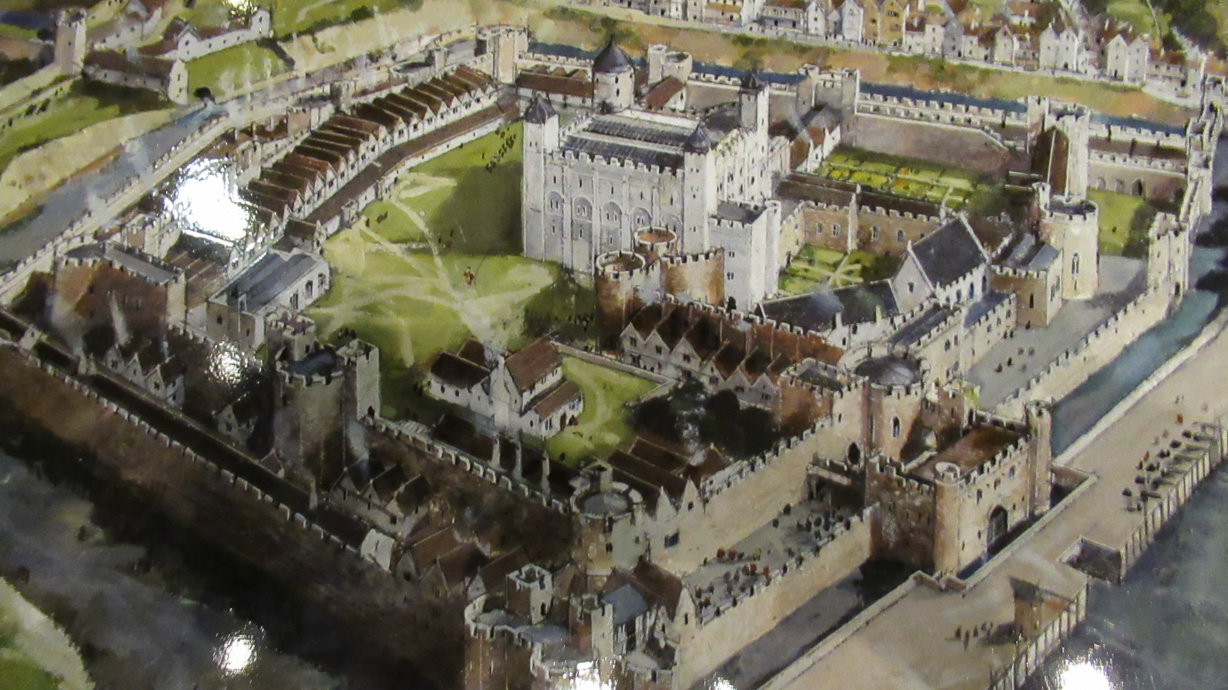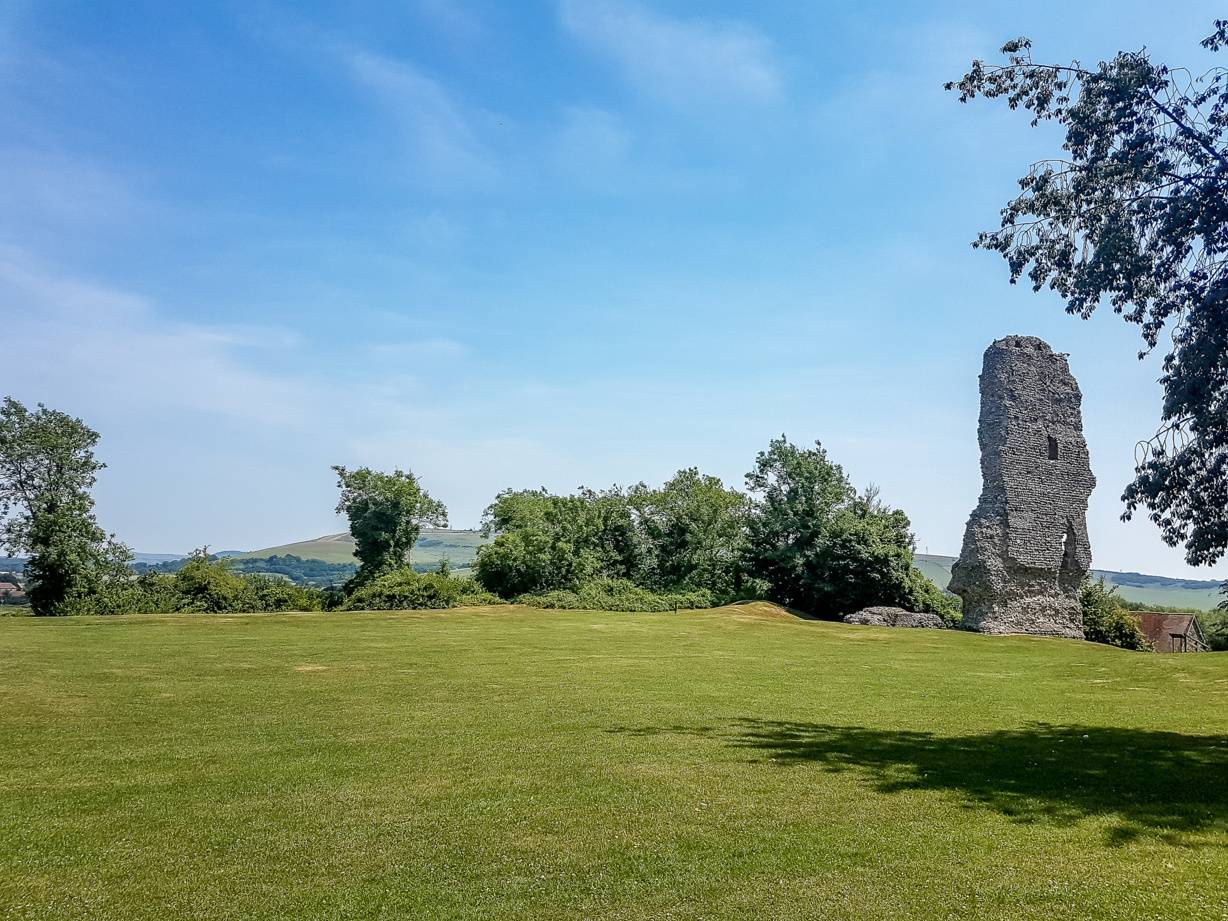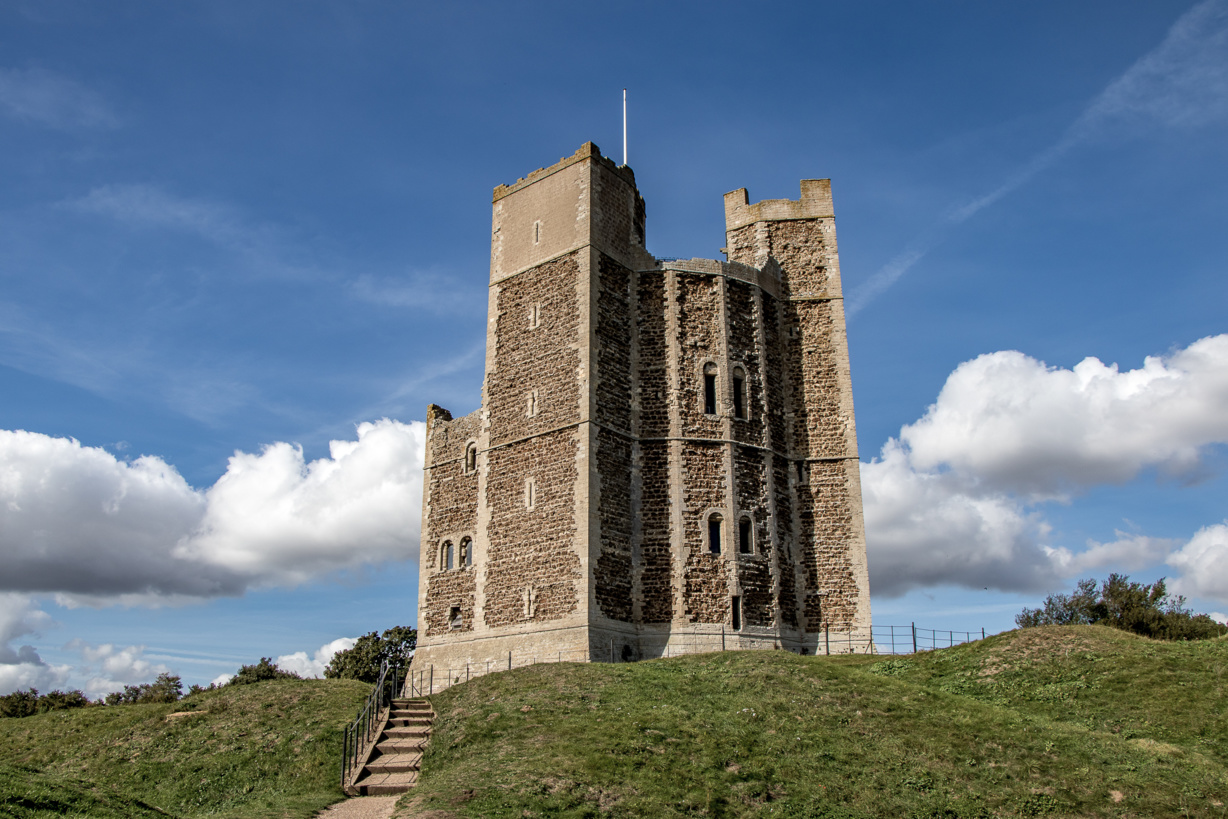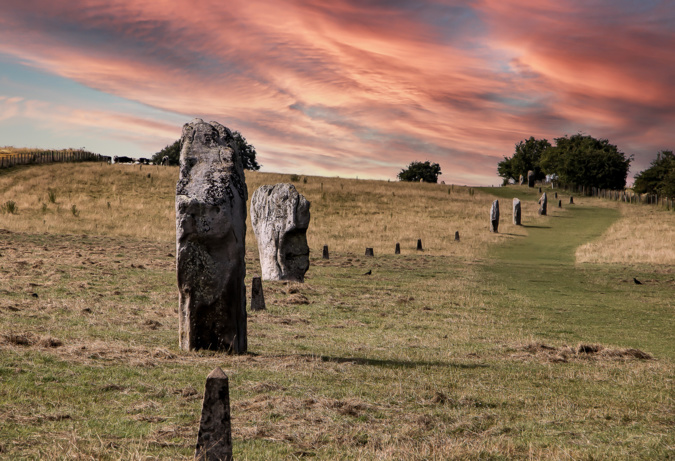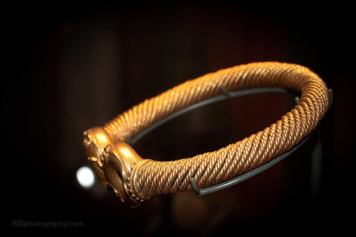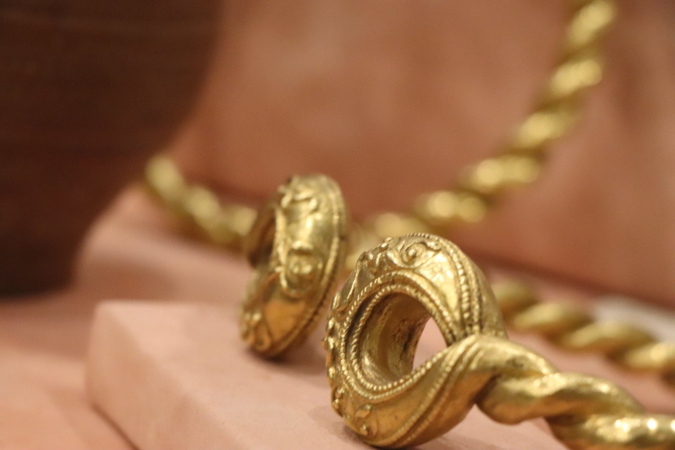Victorious at the Battle of Hastings on 14 October 1066, the invading Duke of Normandy, William the Conqueror, spent the rest of the year securing his holdings by fortifying key positions. He founded several castles along the way, but took a circuitous route toward London;...
Newcastle Castle is a medieval fortification in Newcastle upon Tyne, England, built on the site of the fortress that gave the City of Newcastle its name. The most prominent remaining structures on the site are the Castle Keep, the castle’s main fortified stone tower, and...
Bramber Castle is a Norman motte-and-bailey castle formerly the caput of the large feudal barony of Bramber long held by the Braose family. It is situated in the village of Bramber, West Sussex, near the town of Steyning, overlooking the River Adur. Surveys indicate...
Grime’s Graves is a large Neolithic flint mining complex in Norfolk, England. It was worked between c. 2600 and c. 2300 BC, although production may have continued well into the Bronze and Iron Ages (and later) owing to the low cost of flint compared with...
Orford Castle is a castle in Orford in the English county of Suffolk, 12 miles northeast of Ipswich, with views over Orford Ness. It was built between 1165 and 1173 by Henry II of England. Prior to the building of Orford Castle, Suffolk was...
Castle Acre Castle was built by William de Warenne, the Earl of Surrey, in the manor of Acre during the 1070s. William was a Norman lord who had accompanied William the Conqueror in the conquest of England in 1066; he was rewarded with extensive estates...
West Kennet Stone Avenue (pictured) was an avenue of two parallel lines of stones that ran between the Neolithic sites of Avebury Ring and The Sanctuary. A second avenue, called Beckhampton Avenue led west from Avebury towards Beckhampton Long Barrow. Avebury Ring is a...
Royston Cave is an artificial cave located in Katherine’s Yard, Melbourn Street, Royston, England. It is located beneath the crossroads formed by Ermine Street and the Icknield Way. It has been speculated that it was used by the Knights Templar, who founded nearby Baldock, but...
Merrivale Standing Stones and avenue – Remains of a Bronze Age settlement and a complex of ritual sites, including three stone rows, a stone circle, standing stones, and a number of cairns – earth mounds associated with burials. The monuments were probably built over a...
The Newark Torc is a complete Iron Age gold alloy torc found on the outskirts of Newark-on-Trent, Nottinghamshire. The torc was probably made in Norfolk and it closely resembles the Great Torc from Snettisham and is also closely similar to one found at Sedgeford,...
Ashby de la Zouch Castle is a ruined fortification in the town of Ashby-de-la-Zouch, Leicestershire, England. The castle was built by William, Lord Hastings, a favorite of Edward IV, after 1473, accompanied by the creation of a 3,000-acre park. Constructed on the site of an...
Ipswich Hoard, plus – There are two notable Ipswich Hoards. The first was a hoard of Anglo-Saxon coins discovered in 1863. The second was a hoard of six Iron Age gold torcs that was discovered in 1968 and 1969. The latter hoard has...



